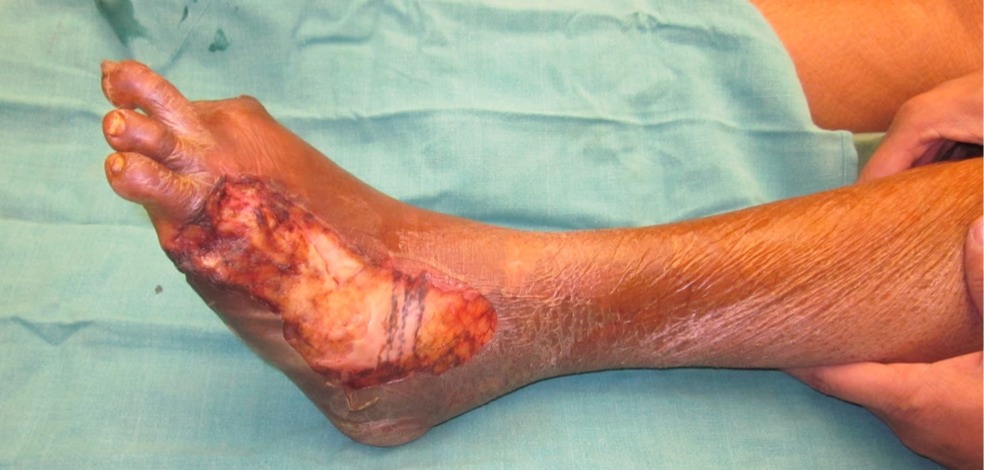Sign up for FlowVella
Sign up with FacebookAlready have an account? Sign in now
By registering you are agreeing to our
Terms of Service
Loading Flow


Observational studies suggest that 6–43% of patients with diabetes and a foot ulcer eventually progress to amputation (7–9). Ramsey et al. (10) reported amputation rates of 11.2% in patients with new-onset foot ulcers over a 4-year period. This is in agreement with crude amputation rates (16%), 5-year amputation rates (19%), and mean time to amputation (58 months) in our series. Absence of peripheral pulses has been established to be a risk factor for subsequent amputation (11–16). In our study, 59% of patients who had amputations had PVD. Five-year amputation rates (27%) were higher, and time to amputation (53 months) was less (P < 0.05) in these patients. Prevalence of peripheral neuropathy was not significantly more common among amputees. Indeed, time to amputation was greater in those with neuropathy than in those without (Table 2). We believe that those who developed ulcers in the absence of clinical neuropathy were more likely to have PVD as a confounding variable.